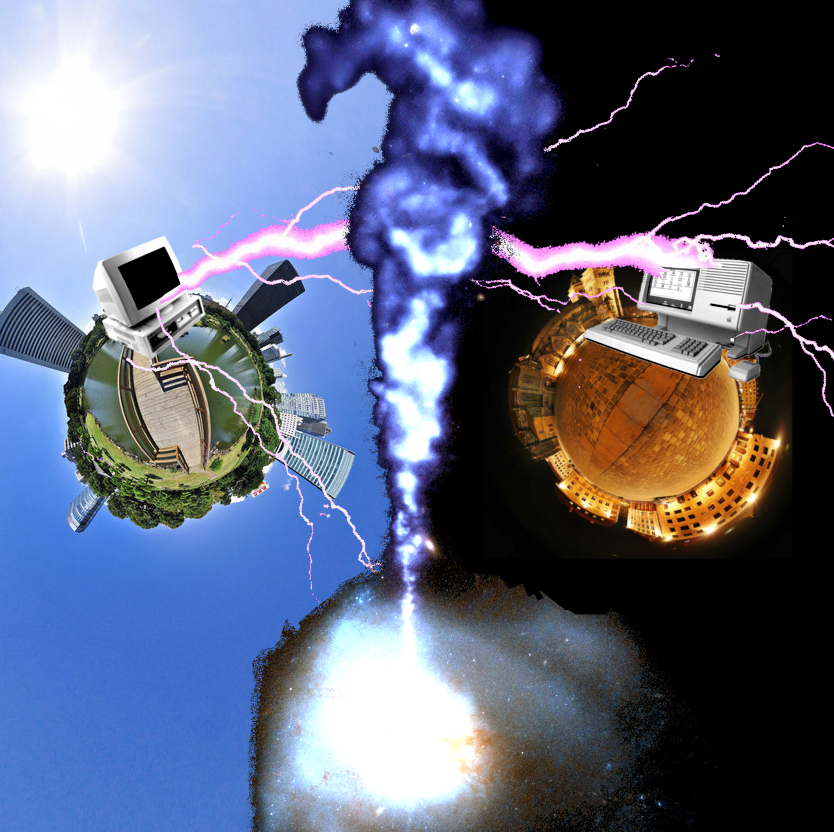Quantum course grows longer
 Quantum encryption technology is leaving the lab faster than the speed of light.
Quantum encryption technology is leaving the lab faster than the speed of light.
Information encoded into quantum particles has been transmitted in Canada and China, in the longest-distance demonstrations of Einstein’s “spooky action at a distance.”
Quantum entanglement is a fascinating physical process in which two particles – like photons or electrons – become linked (entangled), so that whatever happens to one happens instantaneously to the other, no matter how far away they are.
Previous experiments have managed to send information using quantum entanglement, but typically over a matter of centimetres.
After the exciting new breakthrough, published in two separate papers today in Nature Photonics, important advancements for communications and encryption technologies are now even closer.
The experimenters encoded photons and sent them to a kind of way station, where it is transferred to a different photon that is entangled with a photon held by the receiver.
This means the information held in the first photon is destroyed, but the entangled information makes it to the receiver.
The way station measures the photon and creates a key — a decoder — which is used to decrypt the entangled photon’s information.
That key was sent over a standard internet connection to be combined with the information contained within the entangled photon, revealing the message.
The Canadian team managed to transmit 17 photons a minute, while the Chinese experiment guessed the state of the photons with better accuracy.
The Canadians sent photons over a distance of about 6.5 kilometres, while the Chinese team managed almost 16km.
The Chinese team achieved higher accuracy by including an extra, more time-consuming, step in the process.
But the teams say both methods had their own advantages, and each will continue as a basis for further research.
The profound implications for encryption and communication are discussed at length, here.







 Print
Print